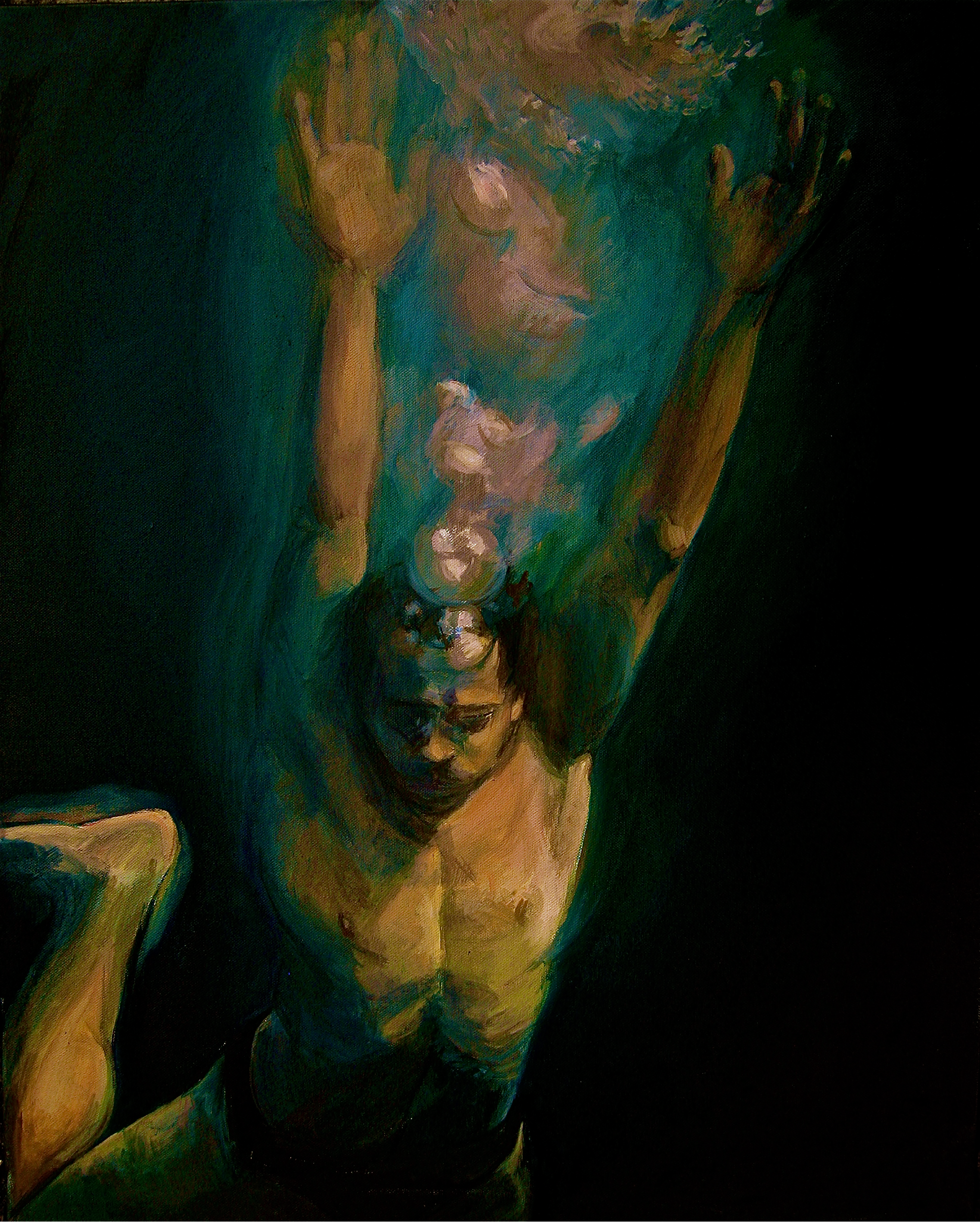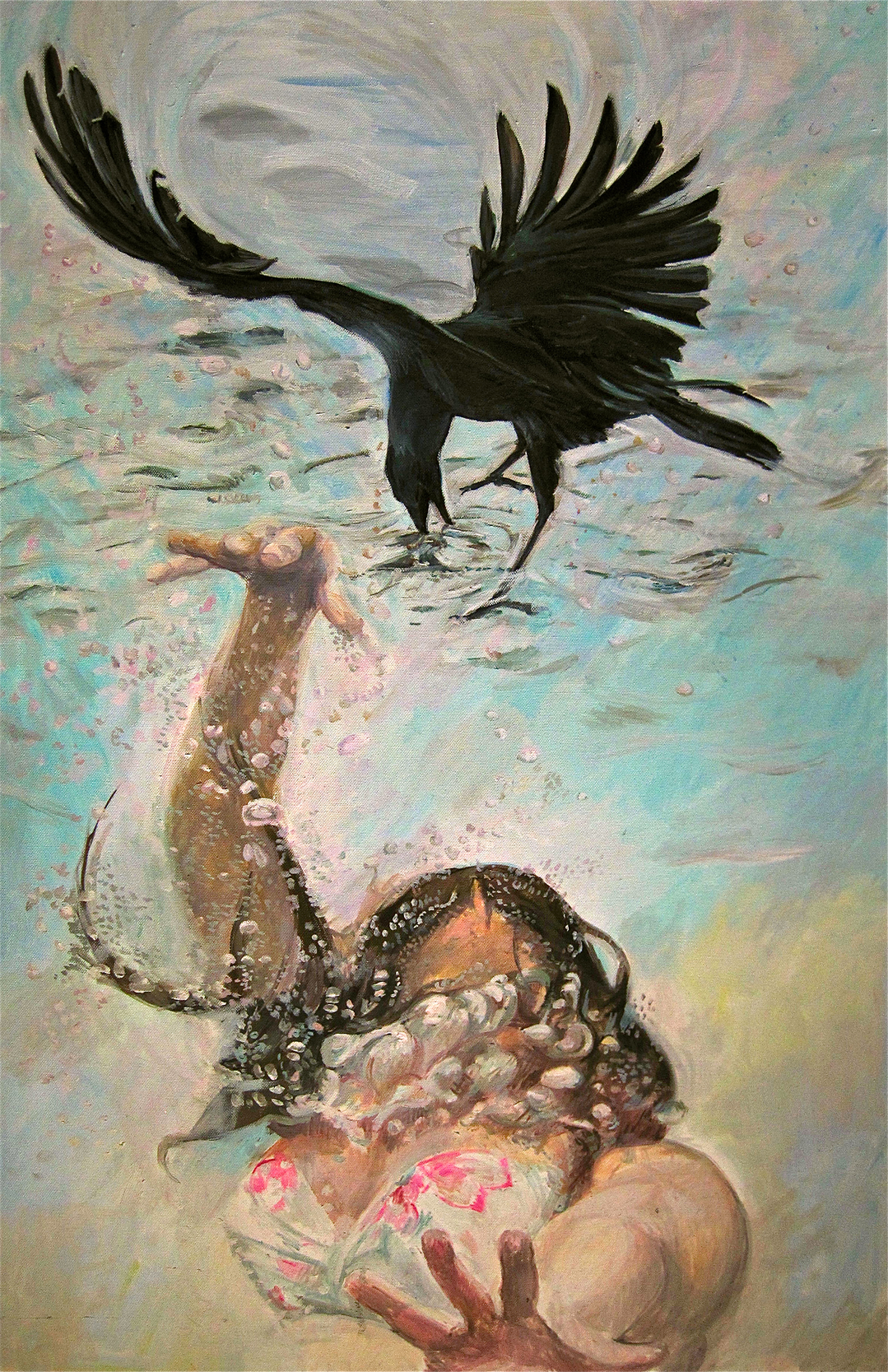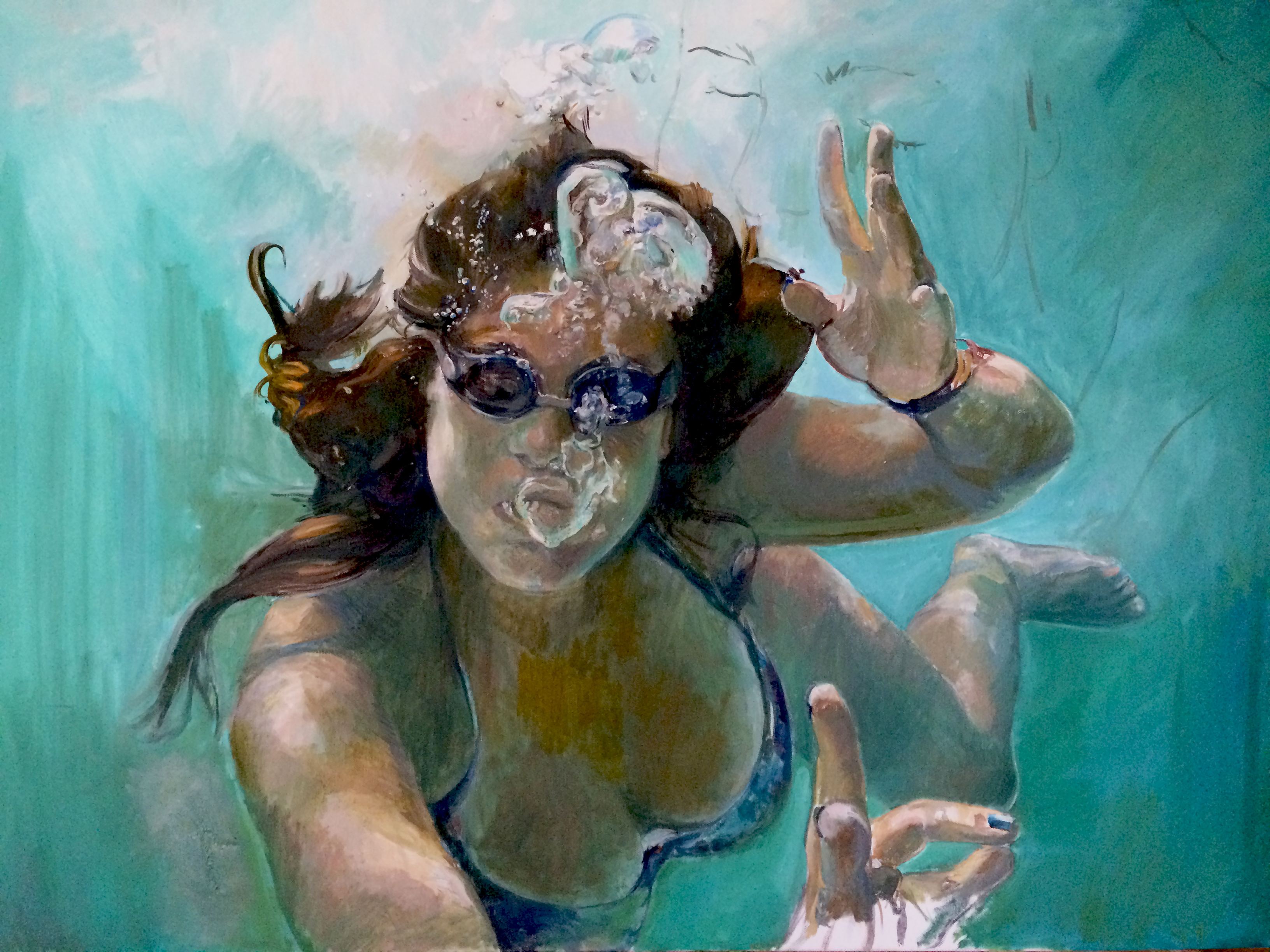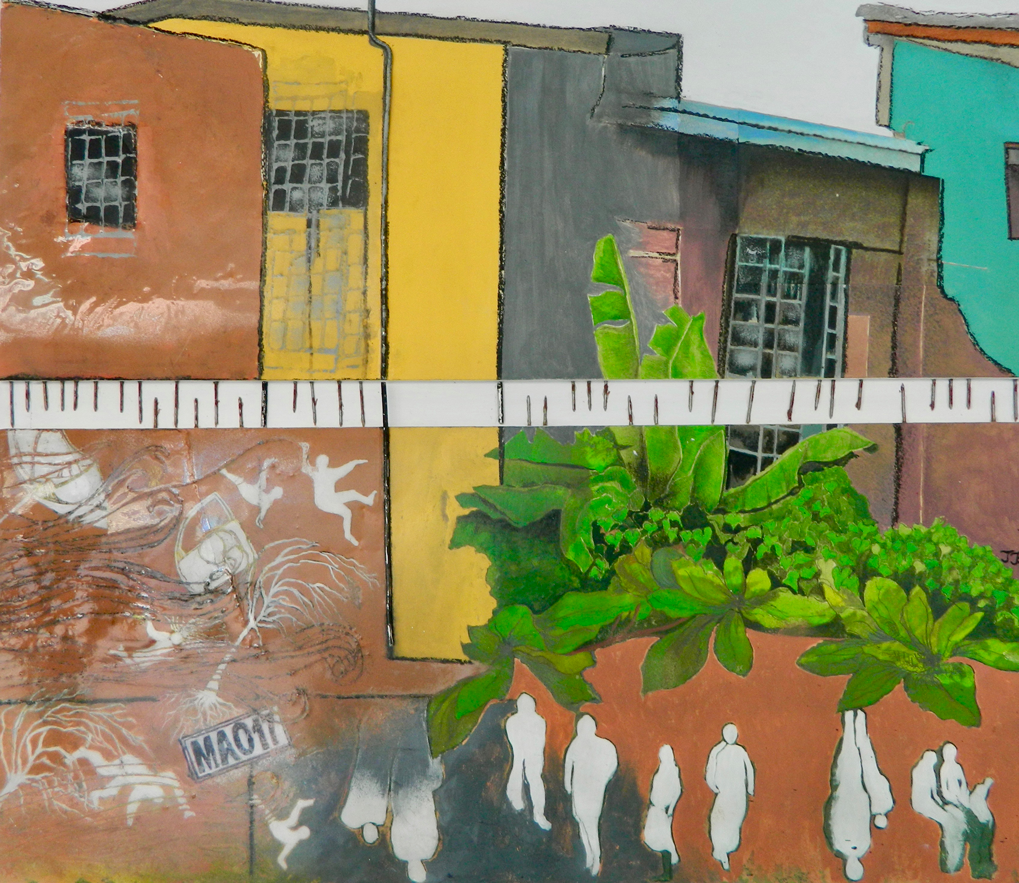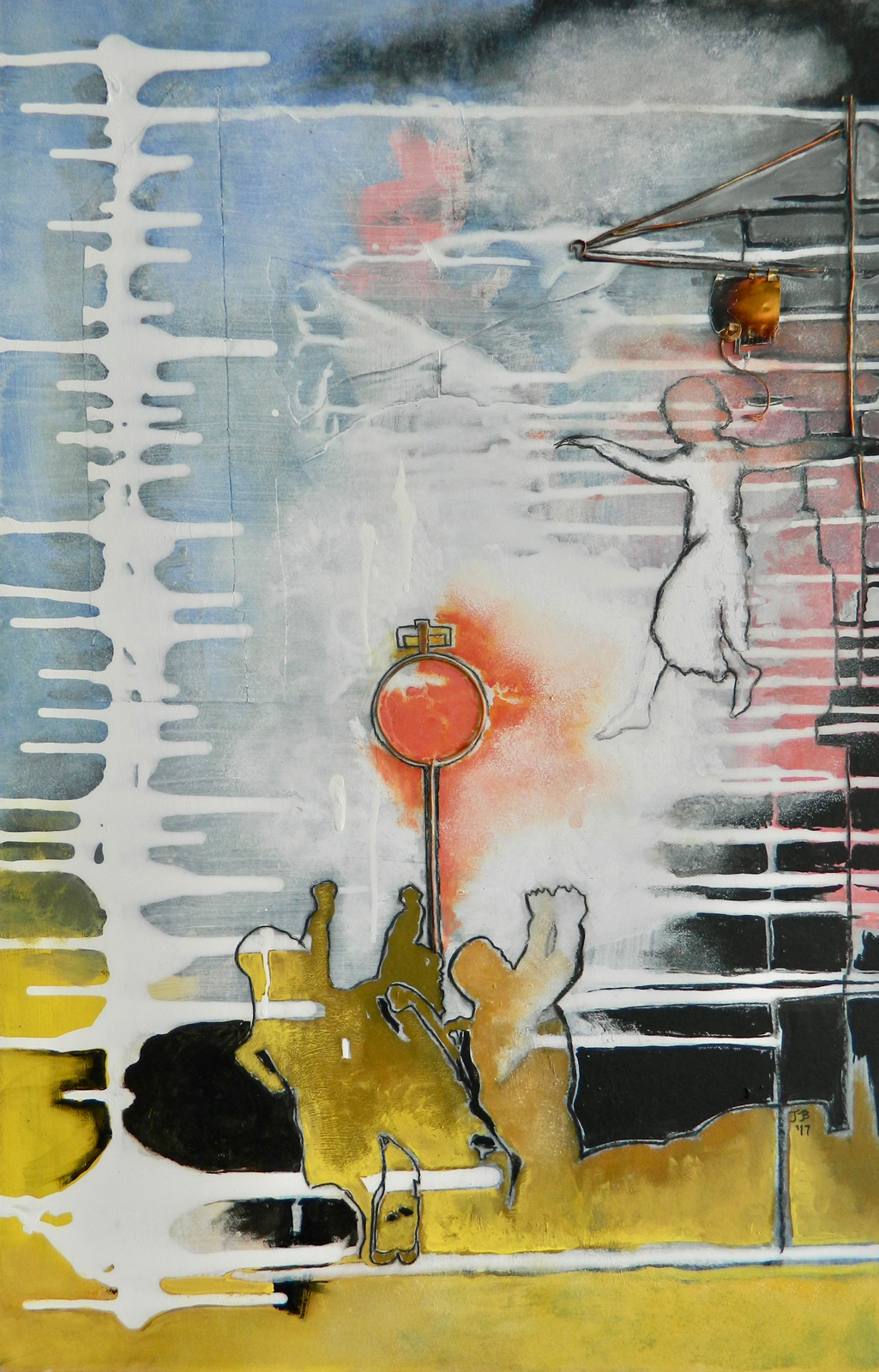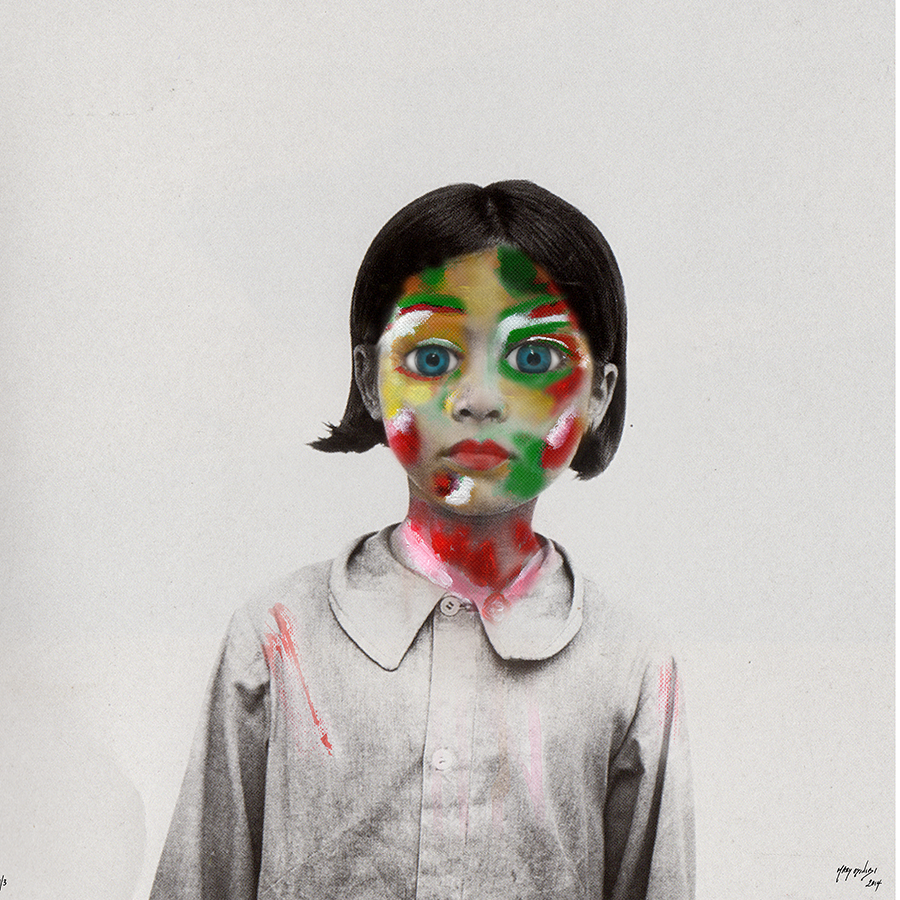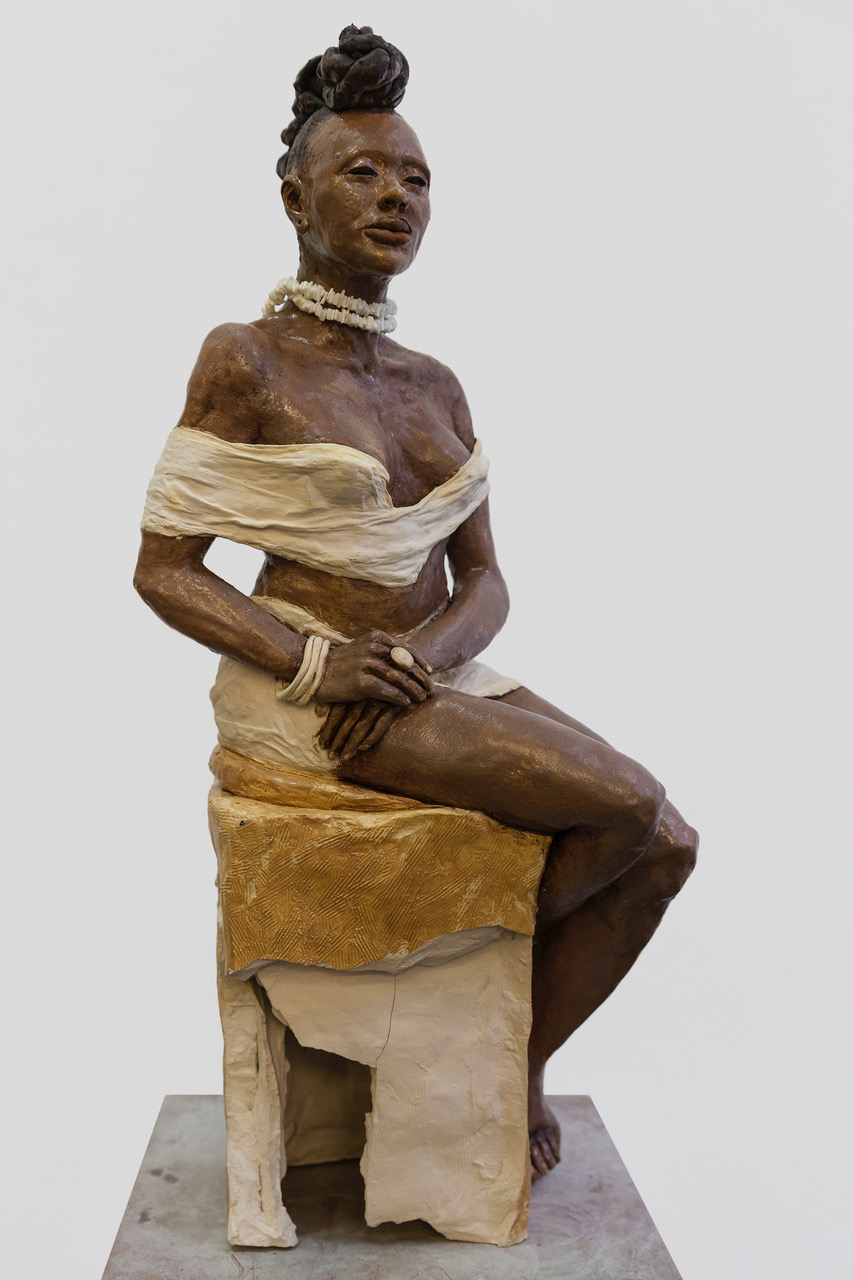Look. See. Interpret
An Exhibition of Women Artists’ Work to Celebrate International
Women’s Month 2019
8 March to 28 March 2019
Artists Lucille Dweck, Mary Osinibi, Desrie Thomson-George and Jean Joseph exhibited their diverse work in Look See Interpret at the newly launched arc Gallery, in Tottenham, in celebration of International Women’s Month.
Whilst championing this year’s theme of ‘Balance for Better’ Look See Interpret celebrated women’s achievements, and the perennial concern for a more gender-equal world by focusing on the diverse art of women artists and invited viewers to slow down their gaze.
There was an application in traditional methodologies and an integration of new materials and techniques. Their art communicated through liminal process and engaged in dialogue in an effort to broach or shout on their specific themes.
Visitors were treated to works reflecting on relationships, cultural identity, the effects of wars, African-Caribbean history, identity, and culture in a variety of disciplines, and materials such as ceramics, sculptures, textiles, and paintings.
The exhibition included associated events such as Slow Art Day which invited visitors to enjoy their own choice of artwork and Art Ad Lib Chronicles: Artists’ Talk, with Desrie Thomson-George and Mary Osinibi who reflected on their inspirations and creative processes followed by a Q & A.


